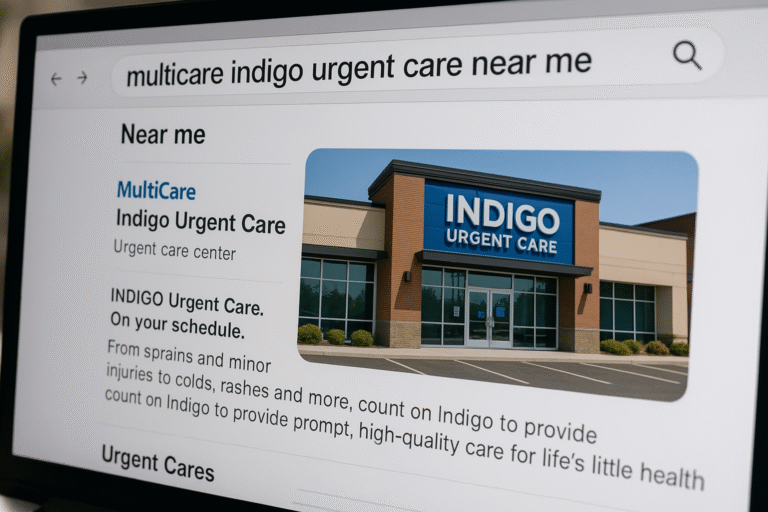
what to expect 72 hours after wisdom tooth extraction
Wisdom tooth extraction is one of the most common oral surgeries worldwide, typically performed to prevent pain, infection, or crowding in the mouth. While the actual procedure may be relatively quick, the recovery period that follows is a critical stage in ensuring long-term oral health. The 72-hour mark—three days post-surgery—is often a turning point in the healing process. This article will walk you through what to expect 72 hours after wisdom tooth extraction, what’s considered normal, what may signal a complication, and how to continue your recovery effectively.
Understanding the Basics of Wisdom Tooth Extraction Recovery
Wisdom teeth, also known as third molars, often emerge in the late teens or early twenties. In many cases, there isn’t enough room for them in the mouth, leading to impaction, infections, or damage to adjacent teeth. That’s where extraction becomes necessary. After the procedure, your mouth needs time to heal—just like after any surgical process.
The first 72 hours are crucial in determining how smooth and complication-free the recovery will be. This period is marked by inflammation, tissue repair, blood clot stabilization, and the beginning stages of cellular regeneration.
Day-by-Day Breakdown: What Happens After Extraction
First 24 Hours
- Bleeding: Slight bleeding is normal immediately after surgery.
- Swelling: Begins within hours, peaking between 24–48 hours.
- Pain Management: Prescription or over-the-counter painkillers are usually required.
48 to 72 Hours
This is where our focus lies. So, what to expect 72 hours after wisdom tooth extraction?
What to Expect 72 Hours After Wisdom Tooth Extraction
By the third day post-extraction, several changes—most of them positive—are typically underway.
1. Decreased Pain and Swelling
At this point, most people experience a reduction in pain. However, some discomfort during eating, talking, or yawning may still persist. Swelling will have likely peaked around the 48-hour mark and should now begin to subside. Cold compresses used during the first two days help minimize this.
2. Stable Blood Clots
The most important aspect of healing during the first three days is the proper formation and stabilization of blood clots in the extraction sites. These clots protect the bone and nerves and lay the groundwork for new tissue to grow. Avoid activities that can dislodge them, like drinking through a straw, spitting, or smoking.
3. Limited Mouth Opening (Trismus)
Some people may experience jaw stiffness or difficulty opening their mouth fully. This is known as trismus, and it’s a normal reaction to surgery, especially when wisdom teeth were impacted. Gentle jaw exercises can help, but aggressive movements should be avoided.
4. Mild Bruising
Discoloration may appear on the cheek or jaw area, especially in individuals who bruise easily. This bruising is part of the healing process and should fade within a few days.
5. Drainage or Slight Oozing
While active bleeding should have stopped, you might still notice a bit of pinkish saliva or mild oozing when brushing or rinsing. This is not uncommon, but heavy bleeding warrants immediate attention.
6. Moderate Discomfort During Meals
Soft foods should still be your go-to. Soups, yogurt, mashed potatoes, and smoothies are excellent choices. Avoid spicy, crunchy, or hard foods, as they can irritate the wound or lodge in the socket.
What’s Considered Not Normal After 72 Hours?
While most symptoms gradually improve by the 72-hour mark, there are certain red flags to watch out for:
1. Worsening Pain
If your pain intensifies instead of improving, it could be a sign of a dry socket—a condition where the blood clot dislodges, exposing nerves and bone.
2. Persistent Swelling
Mild swelling is expected, but significant puffiness that continues to grow may indicate infection.
3. Foul Taste or Odor
A bad taste, odor, or discharge from the extraction site can be signs of bacterial infection.
4. Fever
A low-grade fever can sometimes occur after surgery, but a sustained or high fever needs immediate medical attention.
5. Numbness
Lingering numbness after anesthesia has worn off could mean nerve involvement, especially if the wisdom tooth was close to the inferior alveolar nerve.
Self-Care Tips After 72 Hours
As you transition into the next phase of recovery, here’s how to care for yourself to ensure complete healing:
1. Continue Gentle Rinsing
Saltwater rinses (1/2 teaspoon of salt in warm water) are essential for keeping the area clean. Avoid vigorous swishing, which can disrupt the healing site.
2. Hydrate Properly
Stay hydrated but avoid carbonated beverages and alcohol. Water aids in tissue regeneration and prevents dry mouth.
3. Avoid Smoking and Alcohol
Both interfere with healing and increase the risk of infection and dry socket.
4. Use Warm Compresses
While ice packs are ideal for the first 48 hours, warm compresses can help relieve stiffness and improve circulation afterward.
5. Soft Diet Continuation
Gradually introduce more solid foods as tolerated, but always chew away from the extraction site.
Follow-Up Care: When to Contact Your Dentist
Even if everything seems to be healing well, a follow-up appointment is often recommended within a week of the surgery. This check-up allows the dentist to:
- Monitor healing progress
- Remove any residual sutures if necessary
- Identify any signs of infection or complications early
If you’re unsure about any symptom, it’s always better to consult a dental professional. A proactive approach can prevent minor concerns from becoming major issues.
Professional Care and Support in Recovery
While self-care plays a major role, professional guidance is essential during recovery. Clinics like stoodmens in Dubai offer post-extraction follow-ups and emergency dental services to ensure you’re healing as expected. Their team of dental experts can address any concerns that arise after surgery and provide customized advice for your unique case.
Additionally, stoodmens emphasizes patient education, ensuring every individual understands the stages of healing and how to manage them at home. With support from such clinics, you can feel confident in your recovery process.
Frequently Asked Questions
Can I brush my teeth 72 hours after extraction?
Yes, but carefully. Avoid brushing the extraction site directly. Use a soft-bristled toothbrush and gentle strokes.
Is it safe to exercise after 72 hours?
Light walking is okay, but avoid heavy lifting or strenuous workouts. Increased blood pressure can cause bleeding.
When can I start eating normal foods?
Begin reintroducing semi-solid foods around day 4 or 5, depending on your comfort level and the absence of pain or complications.
How do I know if the blood clot is still in place?
You’ll typically feel a soft, protective covering over the site. If you see visible bone or experience severe pain, contact your dentist.
Final Thoughts
Knowing what to expect 72 hours after wisdom tooth extraction helps you stay in control of your recovery and spot any warning signs early. Most patients find that discomfort, swelling, and stiffness begin to ease by this point. However, understanding which symptoms are normal and which are not is essential to avoiding complications such as infection or dry socket.


